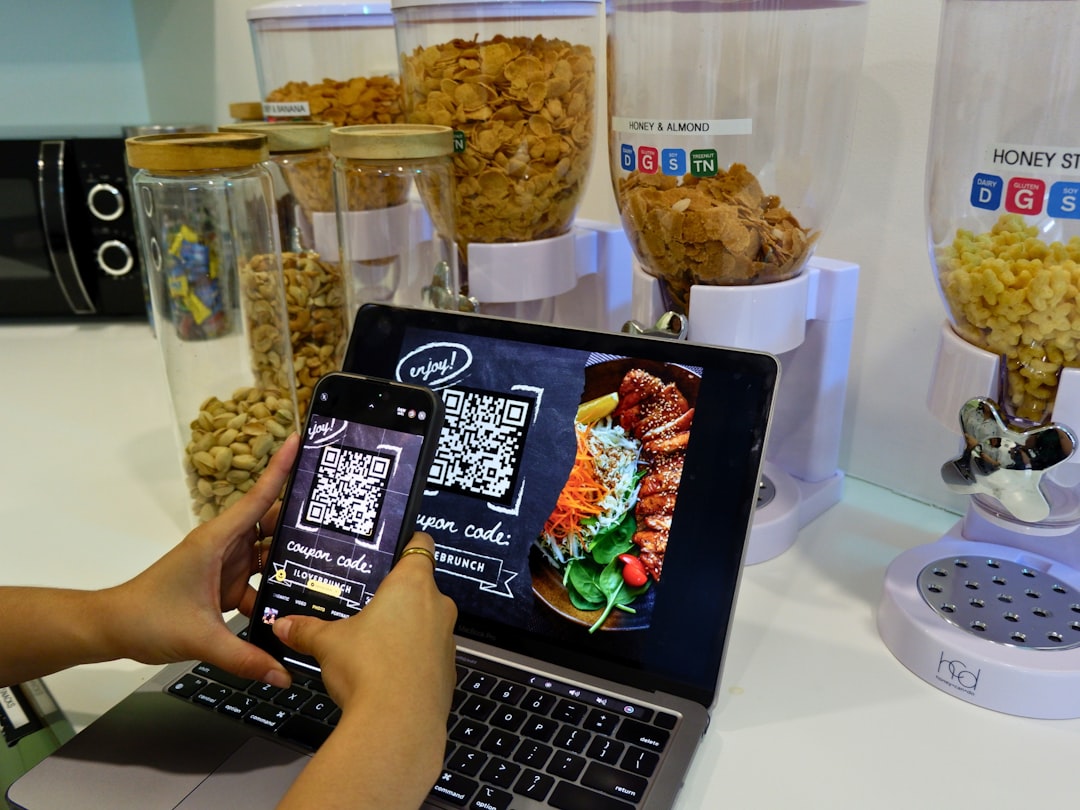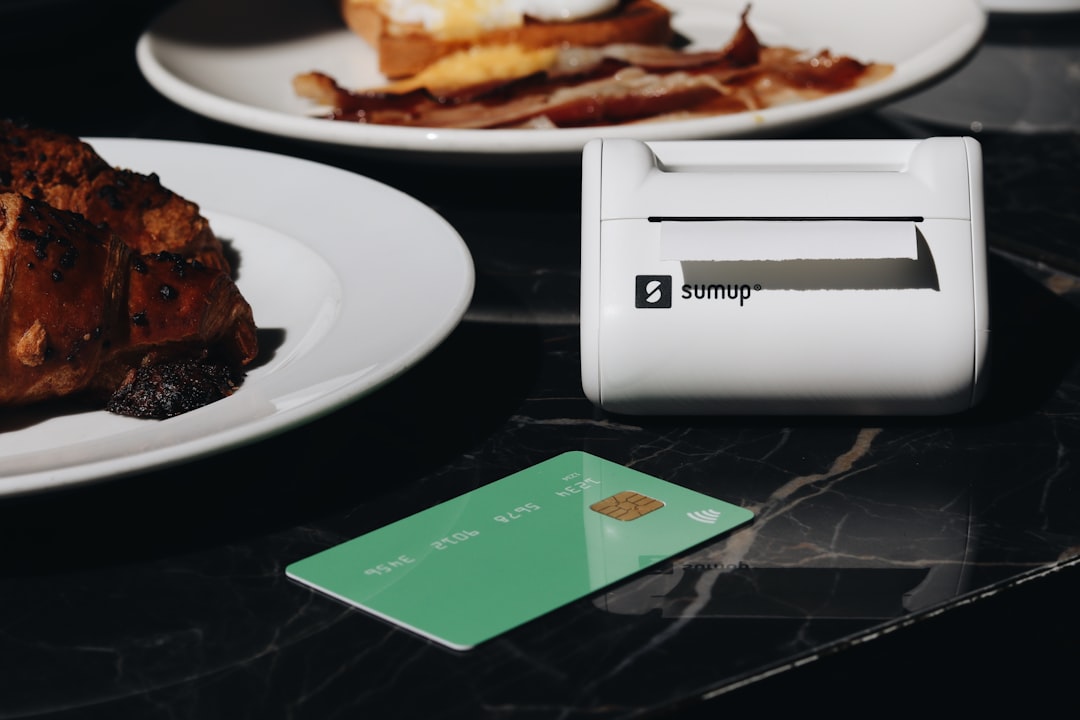Restaurant operations have evolved dramatically in recent years. Gone are the days of paper tickets, manual inventory counts, and cash-only payments. Today's successful restaurants leverage digital tools to streamline operations, enhance customer experiences, and boost profitability.
Let's explore the most impactful digital technologies transforming the restaurant industry today.
Mobile ordering has become essential in the post-pandemic restaurant landscape. These systems allow customers to browse menus, place orders, and pay directly from their smartphones—reducing wait times and minimizing order errors.

Tableside ordering systems take this concept further by equipping staff with tablets or other mobile devices to capture orders instantly. This technology:
Imagine a busy Friday night service where servers can send orders to the kitchen the moment they're placed, rather than rushing back to a terminal. This not only improves table turnover but allows staff to focus on creating memorable guest experiences rather than juggling order slips.
According to industry experts, these automated systems can significantly reduce food waste by connecting directly to inventory management systems, preventing overstocking and ensuring fresher ingredients. One restaurant owner reported a 30% reduction in discarded produce after implementing an integrated ordering system.
Self-service kiosks have become increasingly popular, particularly in fast-casual restaurants. These interactive stations allow customers to browse menus, customize orders, and complete payments without staff assistance.
Benefits include:
The psychology behind kiosk ordering is fascinating. Without the perceived judgment of ordering from a human, customers often feel more comfortable adding extra toppings, sides, or desserts. Many restaurant operators report seeing average ticket sizes increase by 15-30% after implementing self-service options.
The demand for contactless payment options has accelerated dramatically. Modern restaurants now offer multiple payment methods including:

These solutions not only align with customer expectations for convenience but also address ongoing hygiene concerns that emerged during the pandemic.
Beyond hygiene, contactless payments significantly improve table turnover times. When customers can pay immediately without waiting for a server to bring a check, run a card, and return for signature, the end-of-meal process can be shortened by 5-10 minutes per table—a crucial efficiency during peak hours.
Perhaps no area of restaurant operations benefits more from digital transformation than inventory management. AI-driven systems now:
These intelligent systems provide actionable insights that help restaurants reduce food waste and improve profitability. They can also identify your most profitable menu items and suggest adjustments to maximize margins.
Consider the traditional method of inventory management: a manager spending hours counting stock, manually comparing to previous orders, and making educated guesses about future needs. Modern AI-driven inventory systems perform this continuously and with greater accuracy, often predicting seasonal fluctuations before they occur. One chef described it as "having a psychic assistant who always knows exactly what we'll need next week."
Paper tickets are becoming obsolete as digital kitchen display systems transform back-of-house operations. These screens show orders in real-time, with color coding and timing features that help kitchen staff prioritize and coordinate their work.
A good KDS:
The impact of a KDS extends beyond efficiency. With real-time data on preparation times, managers can identify bottlenecks in the kitchen workflow and make adjustments. Perhaps certain dishes take longer during busy periods, or specific staff members might benefit from additional training on particular stations. This level of insight was impossible with traditional paper ticket systems.
AI-powered chatbots now handle many customer interactions, from answering common questions to taking reservations. These tools can:
According to Digital Directions, restaurants using AI chatbots see improved customer satisfaction and more efficient operations.
The latest generation of restaurant chatbots goes beyond basic Q&A. They can remember customer preferences, suggest menu items based on previous orders, and even recognize returning customers by their phone numbers or social media accounts. This creates a personalized experience that makes guests feel valued and understood from the first interaction.
Labor costs represent one of the biggest expenses for restaurants. Digital scheduling tools use AI to analyze:
This data helps managers create optimal schedules that balance labor costs with anticipated demand, reducing overstaffing during slow periods while ensuring adequate coverage during rushes.
The human element matters too. Modern scheduling tools take staff preferences into account, helping reduce turnover in an industry notorious for high attrition rates. When employees have more predictable schedules that accommodate their lives outside work, job satisfaction typically improves. As one restaurant group manager put it, "Our scheduling software doesn't just save us money—it's actually helped us retain our best people."
Modern restaurant technology generates enormous amounts of data. Analytics platforms help restaurant owners make sense of this information by:
These insights enable data-driven decisions about menu offerings, staffing, marketing, and overall business strategy.
The most sophisticated analytics platforms can connect seemingly unrelated data points in revealing ways. For instance, they might identify that a particular appetizer sells exceptionally well when promoted by certain servers, but only during specific hours. Or they might reveal that customers who order a particular cocktail are more likely to leave positive online reviews. These micro-insights lead to macro improvements in profitability and customer satisfaction.
While each of these tools offers significant benefits, many restaurants struggle with a common problem: too many disconnected systems. Staff might juggle multiple tablets for different delivery services, separate POS systems, and standalone reservation platforms—creating confusion and inefficiency.
This is where all-in-one restaurant management platforms like Spindl make a difference. By integrating order taking, delivery management, self-service options, point-of-sale, and loyalty programs into a single system, these platforms eliminate the technological fragmentation that plagues many restaurants.
The tablet proliferation problem is real. Visit the host stand of many popular restaurants and you'll see a chaotic array of devices—one for DoorDash, another for Uber Eats, a third for reservations, plus the restaurant's own POS system. Staff waste precious minutes juggling these platforms, and each represents a separate learning curve and potential point of failure.
When considering new technology for your restaurant, follow these steps:
Successful implementation also requires clear communication about why new technology is being introduced. When staff understand that digital tools are meant to make their jobs easier—not replace them—adoption typically goes much more smoothly. As Ecolab notes, leveraging your people effectively is critical to getting the most from your digital tools.
The most successful restaurants aren't just adopting individual technologies—they're creating seamless digital ecosystems where all tools work together. This integration:
Industry experts predict that AI will continue expanding its role in restaurant operations, particularly in predictive analytics for demand forecasting and staff scheduling. Restaurants that leverage customer preference data from integrated digital platforms will gain significant competitive advantages.
The restaurant of tomorrow will likely feature a hybrid workflow that balances automation with human touch. Self-service kiosks might handle routine orders, while staff focus on upselling premium experiences and building personal connections with guests. The key is using technology to enhance hospitality, not replace it.
The digital transformation of restaurant operations isn't slowing down. Whether you run a small independent restaurant or manage multiple locations, embracing these technologies is no longer optional—it's essential for survival and growth in today's competitive market.
The good news? You don't need to implement everything at once. Start by identifying your most pressing operational challenges, then explore digital solutions designed specifically to address them. With the right tools and implementation strategy, you can transform your restaurant operations into a model of efficiency, profitability, and customer satisfaction.
